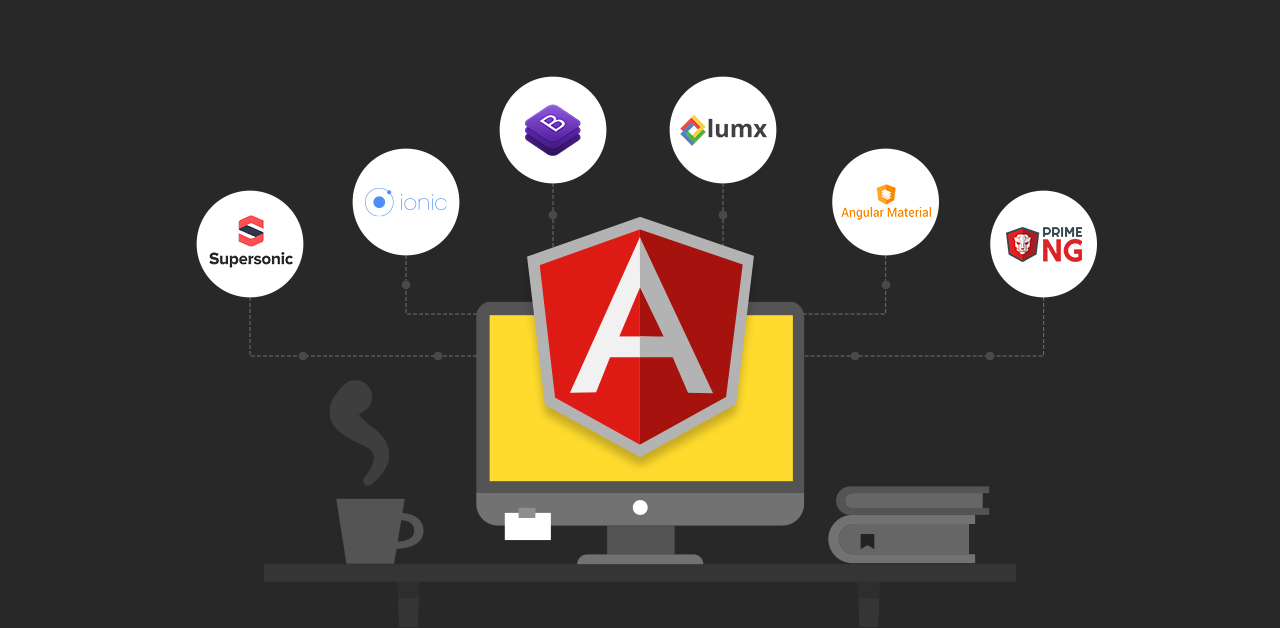News Blast
Your daily source for the latest news and insights.
Angular Adventures: Building Dynamic Web Experiences
Unlock the secrets of Angular! Dive into dynamic web experiences and supercharge your coding skills with our exciting adventures!
Getting Started with Angular: A Beginner's Guide to Building Dynamic Web Apps
Welcome to the world of Angular, a powerful framework that allows developers to create dynamic web applications with ease. As a beginner, it’s essential to understand the fundamental concepts of Angular, which revolves around components, modules, and services. Getting started involves setting up your development environment by installing Node.js and the Angular CLI (Command Line Interface). Once you have the CLI installed, you can create a new project by running the command ng new my-angular-app, paving the way for an exciting journey into web development.
After creating your Angular application, familiarize yourself with the project structure. The main entry point of your application is the main.ts file, which bootstraps the root module. Start learning about components, the basic building blocks of Angular, and how they interact with each other through a component tree. Additionally, explore Angular's templating syntax, allowing you to bind data dynamically within your application. As you progress, consider diving into topics such as routing and services to enhance your web app's functionality and user experience.

Top 10 Angular Features You Need to Know for Creating Engaging User Experiences
When it comes to crafting engaging user experiences, Angular stands out as a powerful framework that provides developers with a plethora of features. Here are the Top 10 Angular Features you need to know:
- Two-Way Data Binding: This feature allows for automatic synchronization of data between the model and the view, ensuring that changes in one are reflected in the other without additional effort.
- Modular Architecture: Angular’s modular system promotes code reusability and scalability, making it easier to manage large applications.
- Dependency Injection: This feature enhances the readability and testing of an application by allowing developers to define dependencies outside of the components.
- Directives: They enable developers to create custom HTML tags, making it easier to build rich and dynamic user interfaces.
- Routing: Angular’s built-in routing allows for smooth navigation within single-page applications, enhancing the user experience.
- Reactive Programming: With the help of RxJS, Angular supports reactive programming, allowing for more responsive and efficient applications.
- Change Detection: Angular’s change detection mechanism ensures that the UI reflects the model state accurately and efficiently.
- CLI (Command Line Interface): The Angular CLI simplifies various tasks, including project setup and configuration, allowing developers to focus on building features rather than setup.
- Testing Utilities: Angular comes with robust testing utilities that make it easier to ensure code quality and maintainability.
- Internationalization (i18n): This feature aids in developing applications that can be easily localized for diverse user bases.
How to Optimize Your Angular Application for Performance and Scalability
Optimizing your Angular application for performance and scalability is crucial to ensure that your app can handle a growing number of users and complex functionalities seamlessly. Start by utilizing the Angular CLI's built-in optimization tools. You can generate a production build by running ng build --prod, which will perform Ahead-of-Time (AOT) compilation, minification, and tree-shaking to eliminate any unused code. Additionally, consider implementing lazy loading for your module imports. This allows your app to load only the necessary modules as needed, thereby reducing the initial loading time and improving performance.
Another important factor in enhancing the performance of your Angular application is the effective management of change detection. By using the OnPush change detection strategy, you can minimize the number of checks Angular performs, which can significantly improve rendering times. Furthermore, pay attention to your component structure; aim for a flat hierarchy where possible, as deeply nested components can hinder performance. Lastly, regularly profile your application using tools like the Chrome DevTools or Angular's built-in profiler to identify bottlenecks and optimize critical areas for better scalability and user experience.